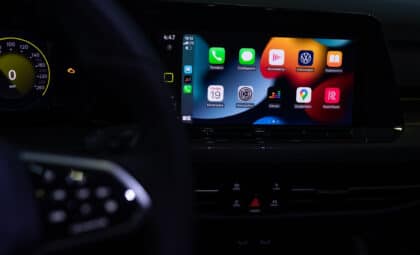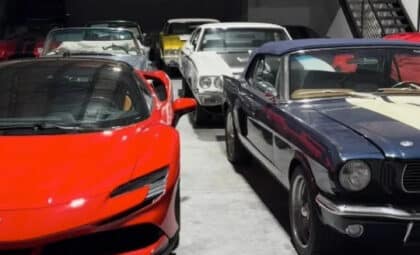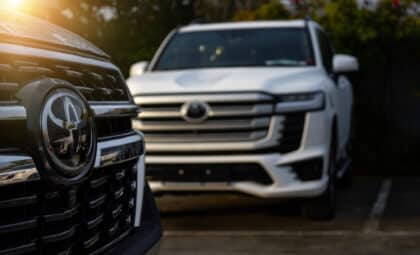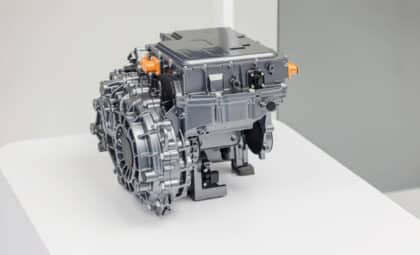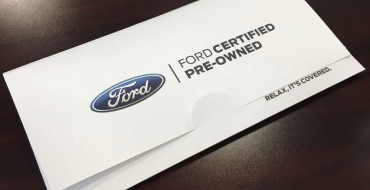
This year has been pretty fun for me, car-wise. I bought new…
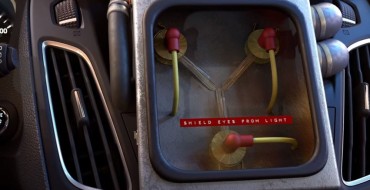
October 21st, as you probably well know, is Back to the Future…

If you aren’t familiar with Kate McKinnon now, you better start brushing…

Ford’s 1.0-liter EcoBoost engine has earned widespread acclaim and a number of…

Ford Sollers, a joint venture in Russia, is beginning production of the…

Ford keeps it pretty simple when it comes to colors. Almost all…
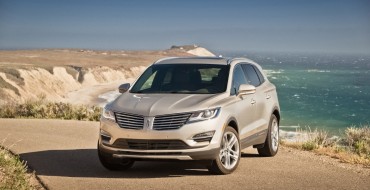
Ford Motor Company of Canada reported a sales decrease of 8.5% overall…

What’s New for the 2015 Ford Focus? The 2015 Ford Focus gets…

Ford’s May sales were down 1.5%–primarily a condition of a nearly 10%…

Ford of Europe enjoyed a 7.2% sales boost the 20 traditional European…
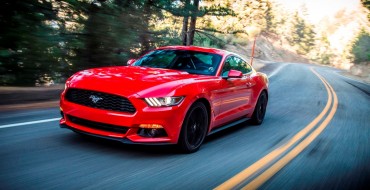
Ford’s US sales totaled 214,364 units in April, a 4.9% year-over-year increase…
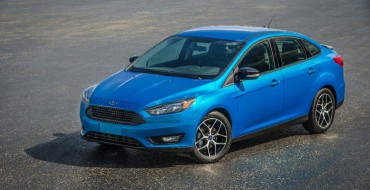
Customer experience software and research company MaritzCX recently polled more than 1,000…

One of the unheralded new features of the 2015 Ford Focus is…

Google unleashed its yearly Trends report for 2014, revealing that the top…
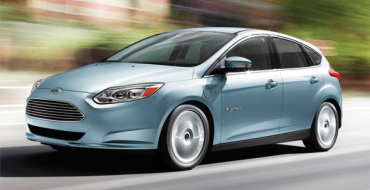
Ford would probably be among the first to admit that it is…
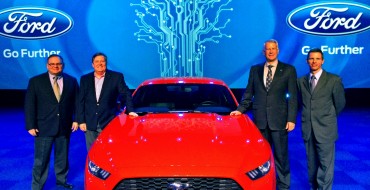
Ford has been touting itself more and more as a global brand:…
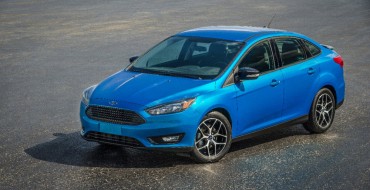
In 2013, the best-selling nameplate in the world was the Ford Focus,…


